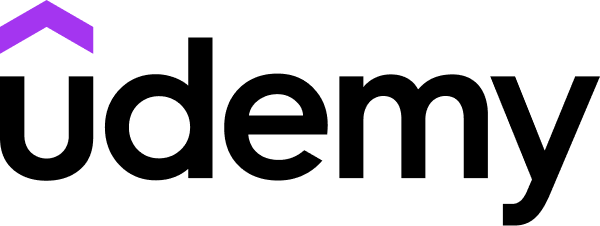LinkedIn Learning
Free Trial Available
English
Certificate Available
1-2 hours worth of material
selfpaced
Overview
Get a basic introduction to electronics programming with field-programmable gate arrays (FPGAs): customizable circuits that can be updated after they are deployed in the field.
Field-programmable gate arrays (FPGAs) straddle the boundary between hardware and software. They are customizable circuits that can be updated by customers or designers after manufacturing or deployment in the field. Rather than programming the chip with a series of instructions, FPGA developers create a logic structure from the gates inside the chip, establishing pathways for future data. A low-cost option for electronics prototyping and experimentation, FPGAs programming is a great entry point to digital systems design. This course provides an orientation to FPGAs, exploring the anatomy of the development boards and proprietary hardware description languages, the possibilities for implementation, and a comparison of the two major competing platforms, Xilinx and Intel. Instructor Eduardo Corpeño also provides demos that show a real application working on both platforms.
Field-programmable gate arrays (FPGAs) straddle the boundary between hardware and software. They are customizable circuits that can be updated by customers or designers after manufacturing or deployment in the field. Rather than programming the chip with a series of instructions, FPGA developers create a logic structure from the gates inside the chip, establishing pathways for future data. A low-cost option for electronics prototyping and experimentation, FPGAs programming is a great entry point to digital systems design. This course provides an orientation to FPGAs, exploring the anatomy of the development boards and proprietary hardware description languages, the possibilities for implementation, and a comparison of the two major competing platforms, Xilinx and Intel. Instructor Eduardo Corpeño also provides demos that show a real application working on both platforms.
Syllabus
Introduction
- Get your digital design journey started
- What you should know
- What is an FPGA?
- FPGAs are not microcontrollers
- FPGA applications and market
- Inside an FPGA: Logic blocks
- Inside an FPGA: Interconnects
- Other blocks
- FPGA development process overview
- FPGA families and development boards
- Electronic design automation tools
- Xilinx platform
- Intel platform
- Digital system modeling
- Verilog and VHDL
- Verilog primer
- Simulation
- Combinational logic example
- 4-bit adder simulation example
- Sequential logic simulation example
- FPGA example implementation requirements
- Demo system for the Intel platform
- Intel implementation demo
- Intel hardware demo
- Demo system for the Xilinx platform
- Xilinx implementation demo
- Xilinx hardware demo
- Next steps
Taught by
Eduardo Corpeño


